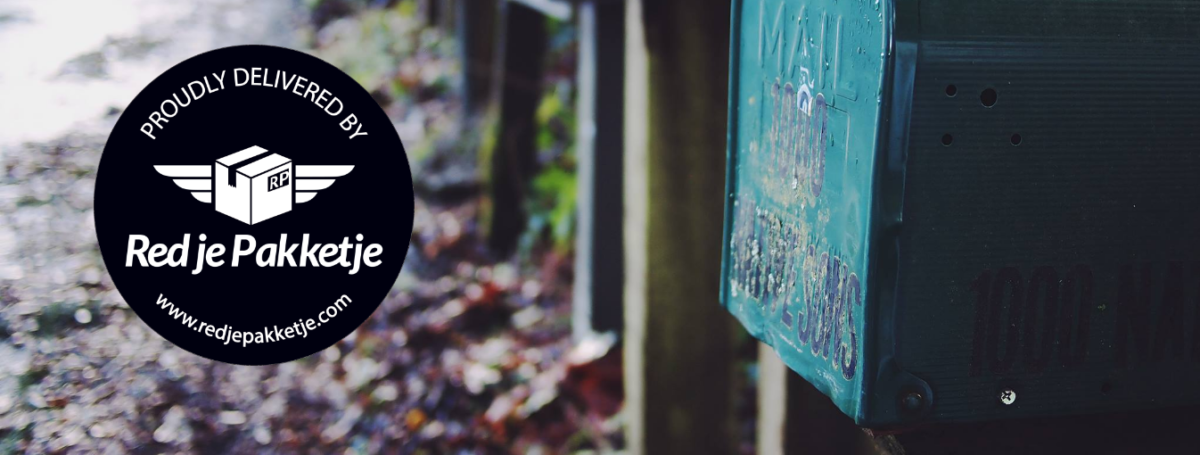No ratings yet. When discussing price differentiation strategies in the lecture, one company popped in my mind: Adobe Systems. And not only because they’ve used Versioning and Group price differentiation strategies from very early on, but also because they’ve drastically changed their business model in 2013, in favor of the subscription (rent) model.
Short History
Adobe Systems is an American company founded in 1982 that has changed the publishing, printing and creative industry throughout the years with the introduction of their PostScript language, PDF format, Illustrator, Photoshop and much more creative software.
In 2001 Adobe launched its first Creative Suite, containing all creative software programs in one bundle. With information goods, such as software, the costs of the first product are very high, but marginal costs of reproduction is very low, so Adobe needed to maximize its sales in terms of volume. This is clearly illustrated in the revenue graph at the bottom, showing that the growth of revenue is a lot larger than the growth of costs over the years.
But while the number of software programs grew with each new edition of Creative Suite, so did the price, which made in unaffordable for a lot of people. Thus, Adobe needed some pricing strategies to get their product in as much hands as possible. I’ll briefly discuss the price differentiation strategies based on some examples and later move on to the subscription model.
Versioning
With the introduction of Creative Suite 3 in 2007, Adobe offered six different combinations of the software programs which were focused on specific professions, often offering a ‘Standard’ and ‘Premium’ version. The editions by that time were:
- Design (standard or premium): containing software for graphic designers, while the premium version included additional software programs
- Web (standard or premium): container software for web developers, while the premium version included additional software programs
- Production Premium: containing software for video production companies
- Master Collection
Adobe knew that it could maximize its revenue by bundling their software specific for a certain profession, because they could lower the prices of the bundles that contained less software, which would be appealing to the people who have a lower willingness to spend. For instance: a graphic designer rarely uses Premiere Pro (video-editing software), while a video producer probably won’t even touch DreamWeaver (web-development software). This pricing strategy could thus be considered as a group pricing strategy as well, because it created groups in an organic way, charging each group a different price accordingly. The reason I list this example under Versioning, is that besides the fact that these unique bundles are a form of “versions”, within each “version” people could choose to have the “standard” or “premium” version (whichever they could afford or were willing to pay for). In the very early days of Adobe, they even had different price levels within an individual software program. So for instance, Photoshop had a “standard” and “premium” version, with the “premium” version being more expensive and offering more features. This pricing strategy has enabled Adobe to increase their sales by becoming affordable to different consumer groups and thus, maximizing their revenue.
Group pricing
Another price differentiation strategy they’ve implemented was Group pricing. Adobe introduced a Student and Teachers edition, which were identical in terms of software and features, but costs 70% less than the original edition.
A big question with group pricing is how to be able to charge a specific group less than another group. The prices of Adobe’s Creative Suite were out in the public (for both companies as students), so why did companies still pay a premium for the exact same software?
The answer is rather simple. Throughout the years Adobe has become the market leader in the creative software industry. They’ve pretty much set the standard. They’ve designed their software so well, and made their individual software programs so well compatible with each other that companies often have no other choice than to use this superior product.
Sure, Abobe would probably lose some revenue by people faking to be a student. But with some security checks in place (such as that the Student version should only be run on a private computer, the student or teacher needs to identify himself with a student card) , Adobe did get the opportunity to set multiple prize levels for the same software so it could maximize its total revenue that otherwise would have been lost.
Subscription model
In 2013 Adobe made a drastic change to its pricing structure. With the release of Creative Suite 6, Adobe offered the “Master Collection” (which is the full software package) as a CD version for $2.000. Adobe also offered the same software on a monthly subscription bases. For $20 a month, users were given access to one of the programs, and for $50, the user would have access to the whole package (including all creative software programs). But the big shock for the users was that Adobe announced that in the future it would only continue the subscription based model, changing the name from “Creative Suite” to “Creative Cloud”. People that would buy the CD version would not receive any more updates, bug-fixes or new features, essentially forcing users to make the switch to the subscription model. In addition, Adobe increasingly added more value to the subscription model by exclusively deliver new creative product innovations and features to the “Creative Cloud” subscribers to attract the former users of “Creative Suite” and to attract new users as well.
Furthermore, Adobe integrated a smart bundling pricing strategy. A lot of users by that time often used at least one (but often two) of the programs offered in the Creative Suite; a photographer always uses Photoshop, but in addition, almost always also uses Lightroom, while a video producer always uses Premiere Pro, but almost always also uses After Effects. So taking this into account, the bundle of the total Creative Suite (“The Master Collection”) became very appealing (paying $40 per month for just two software programs vs. paying $50 a month for the whole package annually).
In this new pricing structure, Adobe still offers price differentiation on groups; students can get the same subscription at around a 70% discount.
Although a lot of people were initially not happy with the subscription model, I do believe it has enabled Adobe to set the boundaries for usage to an all-time low. For $20 – $50 dollars a month people can start using the most advanced creative software, which lowers the bar compared to paying $700 for Photoshop alone upfront (and around $2000 for the whole package).
As Adobe stated itself in their Form 10-K 2013 :
“Adoption of Creative Cloud is transforming our business model and we expect this to drive higher long-term revenue growth through an expansion of our customer base by acquiring new users through a lower cost of entry and delivery of additional features and value, as well as keeping existing customers current on our latest release.”
If we again look at the revenue graph at the bottom, we see that the introduction of the “Creative Cloud” in 2013 did have a negative impact on revenue, but quickly recovered within two years as it starts to attract new customers every day; customers who probably wouldn’t have bought the whole package for $2000, but are willing to pay $50 per month to make use of Adobe’s software. So this pricing strategy allows Adobe to attract more customers and by doing so, they can maximize their revenue for the years to come.

Revenue & Costs – Source of data: Annual reports and Form 10-K (http://www.adobe.com/investor-relations/financial-documents.html)
Main sources:
https://www.adobe.com/aboutadobe/history/timeline/index.html
http://www.adobe.com/investor-relations/financial-documents.html
http://www.adobe.com/aboutadobe/pressroom/pressmaterials/creativesuite/pdfs/cs/nfh.pdf
http://www.digitalartsonline.co.uk/news/creative-software/analysis-real-reason-adobe-ditched-creative-suite-for-creative-cloud/







